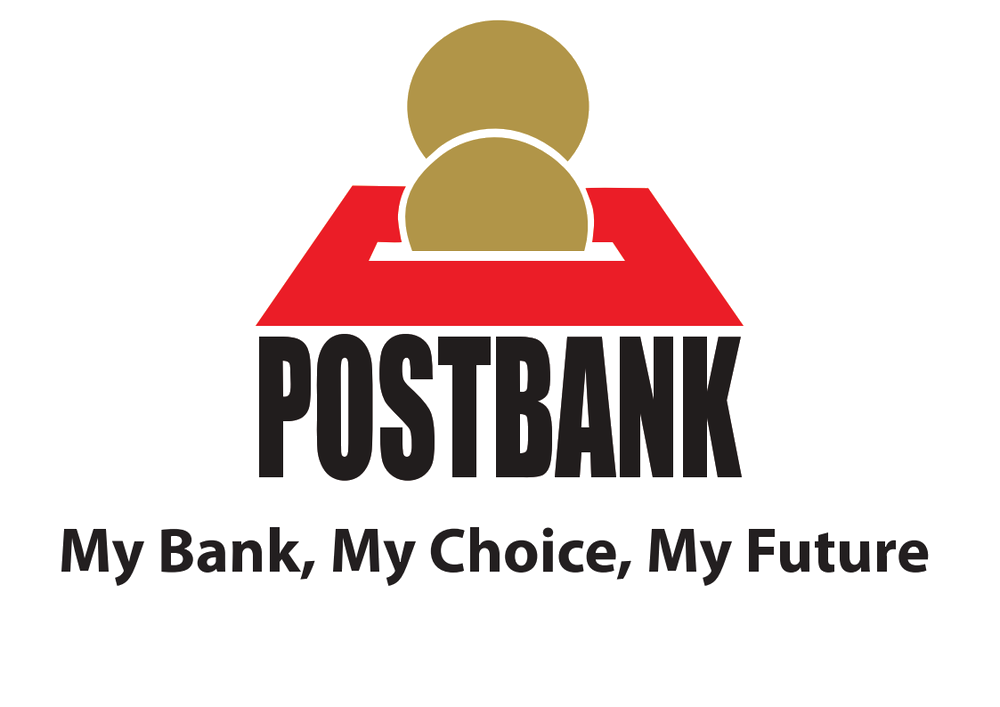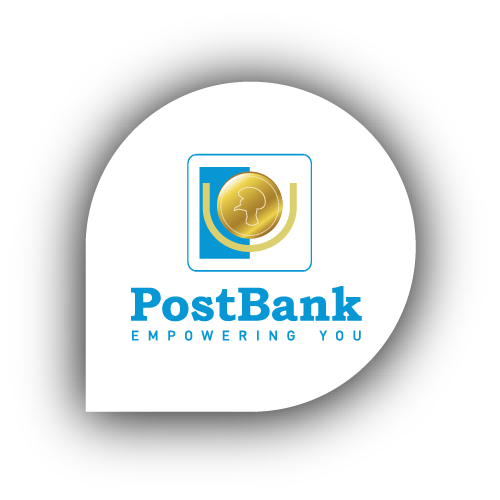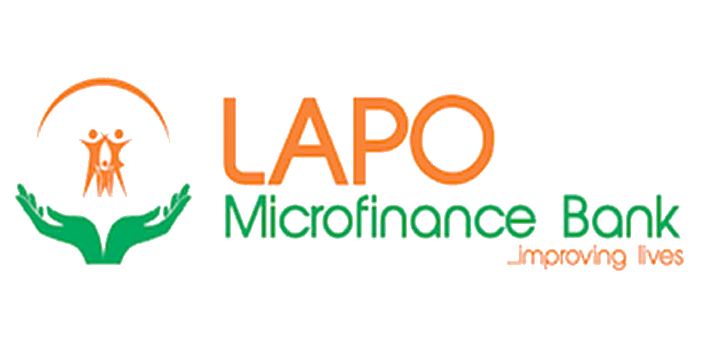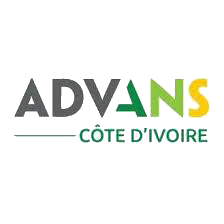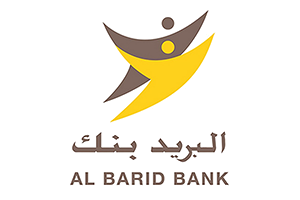Scale2Save Campaign
Micro savings, maximum impact.
The case study has applied the CGAP customer outcome indicator framework to test the impact of a new basic savings product positioned in the financial inclusion market and designed to encourage digital and/or remote account opening and transactions.
As a member of the WSBI and part of the Scale2Save program, a prominent retail bank volunteered this product for a case study.
The objective was to assess if the CGAP customer outcome indicator framework could be applied as a measuring tool to determine whether or not:
- The design, positioning, performance and management of the product are working as intended;
- The product is indeed improving the lives of target customers;
- The bank is contributing to Uganda’s Financial Inclusion goals.
The CGAP customer outcomes indicators are generated from supply-side data and can be used internally by providers to measure their levels of customer-centricity. The ultimate objective, however, is for the jurisdiction’s authorities to have a quantifiable, comparable and consistent way to:
- Detect which strategies, policies, practices, activities, products/services work for or against the customer;
- Assess the impact of financial services at a market level for all customer segments; and
- Determine if, and to what extent, providers in the sector are improving or detracting from national goals.
Since the focus of the Uganda case study is Financial Inclusion, focusing on savings, the jurisdiction-specific context was informed by the Bank of Uganda’s (BoU) Financial Inclusion Strategy, 2017. The five main strategic goals classified twenty gaps that the BoU had set out to address. These gaps were therefore used as the basis to map the global CGAP indicators to Uganda’s context.
Download the case study here
Scale2Save
13/10/2023
Savings and Retail Banking in Africa 2022 WSBI survey of Financial Inclusion for micro, small and medium-sized enterprises (MSMEs)
The Savings and Retail Banking in Africa report aims to help improve access to financial services for financially
25/09/2023
WSBI as a catalyst for unlocking the potential of female entrepreneurs
13 October 2023, 9.30am-12pm Hôtel Du Golf Rotana Palmeraie, Marrakech I Morocco
18/09/2023
WSBI’s MD Peter Simon opens the G20 side event panel “Gender equity and SME financing in a digital landscape” at the SME Finance Forum in Mumbai
The World Savings Bank Institute (WSBI-ESBG), with the substantial support of its Indian member, the State Bank of India
01/03/2023
The State of Savings and Retail Banking in Africa
The WSBI has conducted two research reports tracking the progress of retail and savings banks in their financial inclusion efforts across Africa (2018, 2019).
22/02/2023
Driving Formal Savings: What Works for Low-Income Women?
While financial inclusion is expanding globally, the gender gap in access to financial services and products persists
19/12/2022
What a journey it has been!
Between 2016 and 2022 Scale2Save financially included more than 1.3 million women, young people and farmers in Kenya, Uganda, Nigeria, Morocco, Senegal and
14/12/2022
The financial diaries revealed useful insights into young people’s savings, spending and income behavior
It examines their experience in respect to financial inclusion, support structures and opportunities for young entrepreneurs
09/12/2022
The Power of Community-Based Organizations to Mobilize Farmers’ Savings
In Ivory Coast, the world’s largest cocoa producer, cocoa is harvested twice a year, in May-June and in October-December. Between seasons, most smallholder farmers do not generate revenue
15/11/2022
How Can Small Scale Savings Be Offered Sustainably?
Learnings from the Scale2Save Program on successful business and institutional models
10/11/2022
Driving formal savings: What works for low-income women
Gender-inclusive products need to be designed with low-income women’s needs in mind. Yet, the real question remains: What services do female customers value, prioritize and need?

















